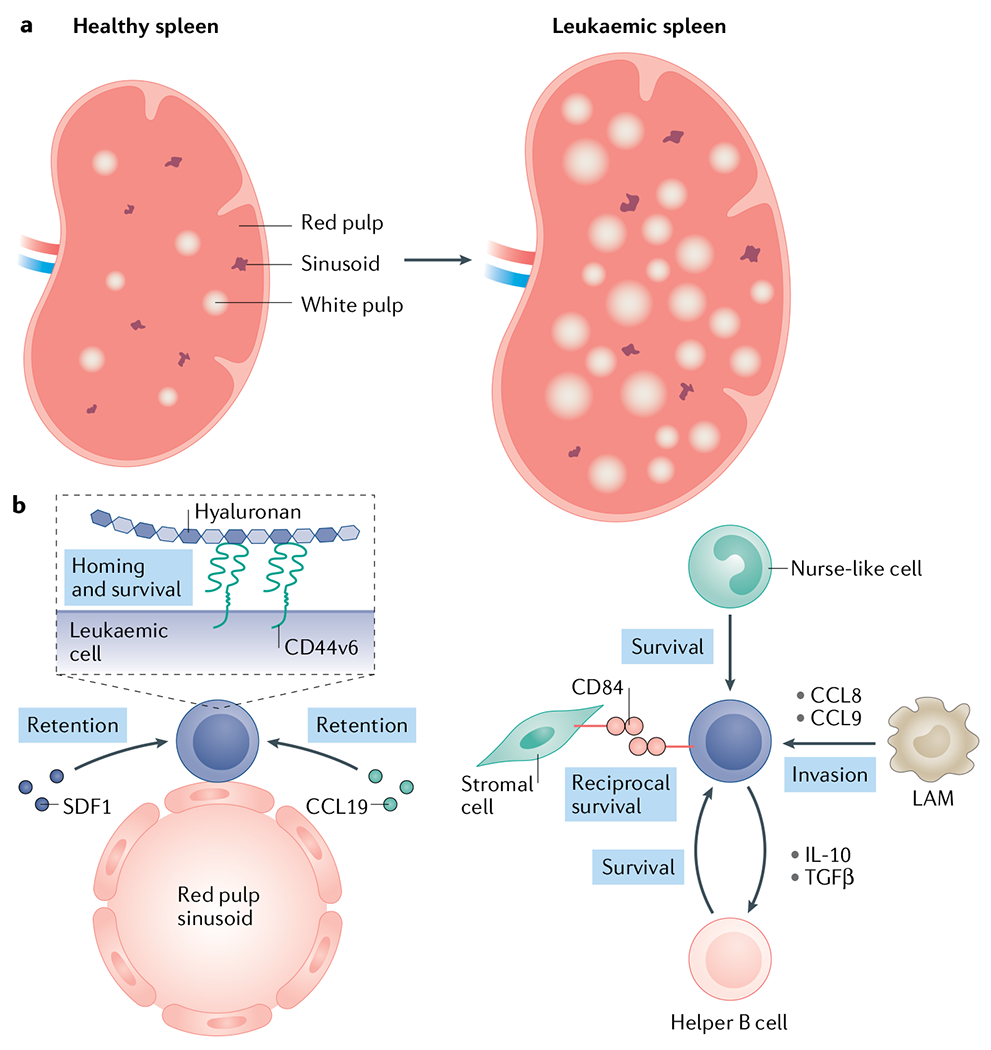Fig. 3 |. The leukaemia splenic microenvironment.

The spleen is a site of leukaemic progression primarily in chronic leukaemias and contains specific microenvironmental niches that can actively promote leukaemia cell homing and support disease expansion. a | As disease progresses, the white pulp expands, leading to a hypertrophic phenotype seen in many patients242,243. b | Leukaemia cells enter the spleen through large, fenestrated sinusoidal vessels in the red pulp. This is mediated by stromal cell-derived factor 1 (SDF1)–CXCR4 (REFS61,145) and CCL19–CCR7 (REF.69) expression in the splenic sinusoidal niche. Ly6C+ leukaemia-associated macrophages (LAMs) may also promote leukaemia cell migration to the spleen through the secretion of the CCL8 and CCL9 chemokines146. Leukaemia proliferation and survival in the spleen is supported by various stromal components such as hyaluronan147, monocyte-derived nurse-like cells167 and helper B cells148. For example, the reciprocal interaction between CD84 expressed by both leukaemia cells and stromal cells can promote the survival of either149. TGFβ; transforming growth factor-β.
